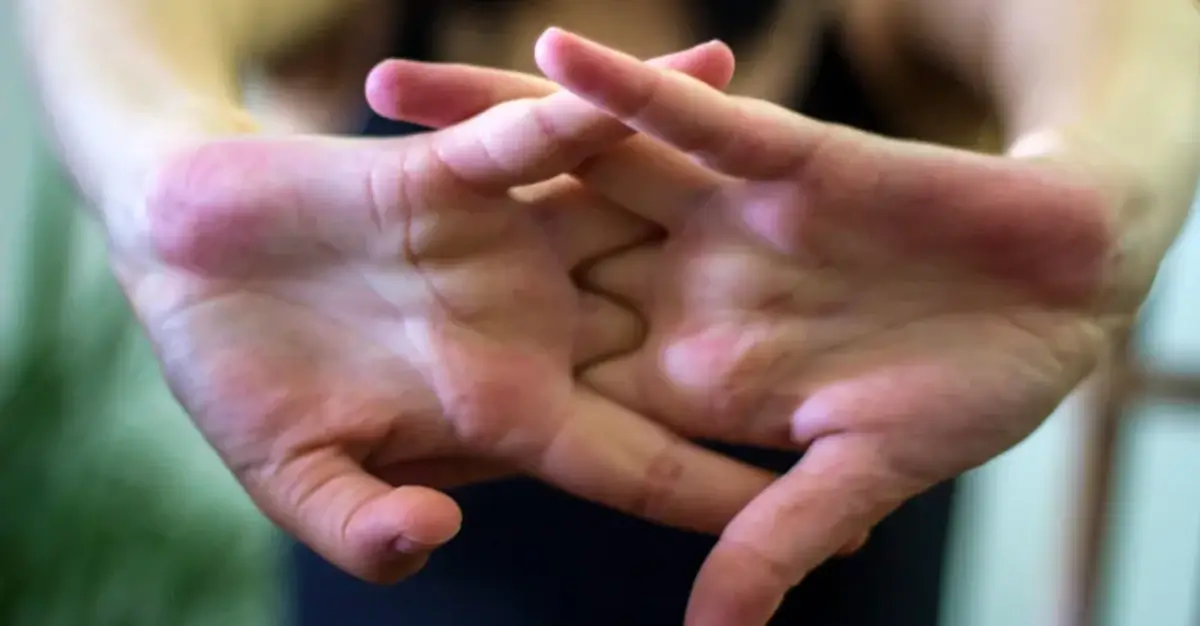Knuckle cracking can be an unconscious but pleasurable habit. Or, it can be a grating and annoying noise. It all depends on who is doing the cracking and who is doing the listening. For years, there has been speculation on what causes the knuckles to make their characteristic cracking sound. Now, a new study has the answer.
Presented at a meeting of the Radiological Society of North America and published on December 1, 2015, the study more or less confirms one popular theory.
First, let’s consider an overview. The joints that “crack” are often the knuckles, knees, ankles, back and neck. There are numerous reasons why this occurs, but suffice it to say, it is a common habit. Depending on which research you read, between 25 and 54 percent of people crack their knuckles, with men more likely to do so than women.
Some people find joint cracking satisfying, experiencing a physical release that creates a sensation of looseness and increased mobility for a short time. Others crack their joints out of habit, similar to those who jiggle their knees or bite their nails.
But why does this cracking sound occur? Many of the joints—including those in the fingers—feature small pockets or gaps that are filled with synovial fluid. This fluid enables the bones connected to your joints to glide closely to one another without grating.
When you maneuver or “crack” a joint, you expand the volume of space between your bones. That volume expansion creates negative pressure, which pulls the synovial fluid into the newly created space. This sudden inflow of fluid is the popping you feel (and what others hear) when you crack your knuckles.
There’s never been complete agreement on what actually causes the distinct sound of cracked knuckles (except that it’s not a bone physically breaking). The best guesses – a joint resettling or a tendon shifting. However, the most prominent guess was that it had to do with bubbles of carbon dioxide either forming or popping in the synovial fluid that lubricates and cushions joints.
The new study now confirms the latter theory. Led by radiologist Robert D. Boutin from the University of California, Davis, who presented it at the meeting of the Radiological Society of North America, the study is a first of its kind.
Dr. Boutin oversaw researchers who recorded simultaneous audio and visual evidence of knuckles cracking. Forty healthy adults, including 17 women and 23 men (age range 18 to 63), participated in the study. The participants included 30 individuals with a history of habitual knuckle cracking and ten without. They were examined at UC Davis with ultrasound imaging, as they attempted to crack the knuckle at the base of each finger, known in medical language as the metacarpophalangeal joint (MPJ).
According to Boutin, an ultrasound can catch events 50 to 100 times faster and 10 times smaller than can be seen on MRI of the fingers. The report is easily the most comprehensive study on knuckle-cracking-in-action that’s ever been published.
“What we saw was a bright flash on ultrasound, like a firework exploding in the joint,” Dr. Boutin said. “It was quite an unexpected finding.” Using the flashes on the ultrasound images, the radiologists were able to identify the joints with audible cracks with at least 94 percent specificity.
On the fundamental question of the cause of the sound, Boutin was conclusive that the bubble model is a good one. “We’re confident that the cracking sound and bright flash on ultrasound are related to the dynamic changes in pressure associated with a gas bubble in the joint.”
In addition to the cause of the knuckle-cracking sound, examination of the habitual crackers didn’t show any ill effects. However, other studies have shown that while habitual joint cracking does not correlate with arthritic changes, it does correlate with loss of grip strength and soft-tissue swelling.

